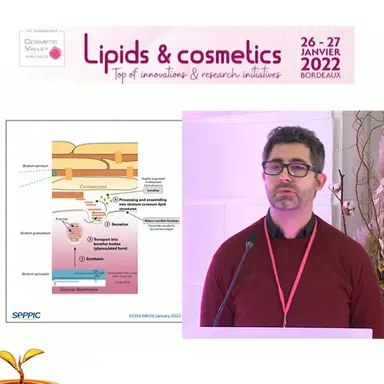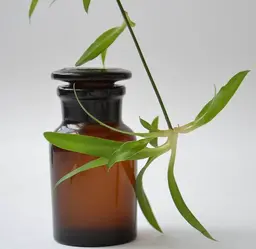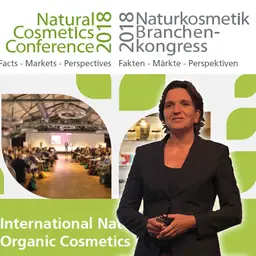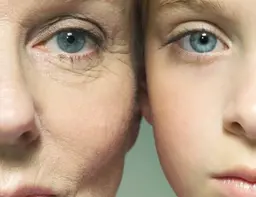
They are fatty acids, acylglycerols, sphingolipids, sterols… They form the large family of skin surface lipids and deserve the greatest cosmetic attention when it comes to keeping the skin healthy. During the Lipids & Cosmetics congress, organised by the Cosmetic Valley on 26 and 27 January 2022, Thibault Marchand, Head of Biological Support at Seppic, presented their diversity, as great as their importance…
Lipids are hydrophobic or amphiphilic molecules that constitute the fatty substance of all living beings. They are very diverse, but can be classified into eight categories (the first four being the most represented in surface lipids):
1. Fatty acids, carboxylic acids with long carbon chains, such as omega 3 and omega 6,
2. Acylglycerols, esters of fatty acids and glycerol, such as mono-, di- and tri-triglycerides,
3. Sphingolipids, a combination of a sphingosine and a fatty acid, such as ceramides,
4. Sterols, lipids derived from cyclophenanthrenes, such as cholesterol and its derivatives,
5. Glycolipids, a combination of lipids and carbohydrates, such as glycosphingolipids,
6. Phospho-acylglycerols, a combination of phosphate, fatty acid esters and glycerol, such as phosphatidylcholine.
7. Phenols, lipids with an isoprene base structure, such as quinones, hydroquinones and ubiquinones,
8. Polyketides, lipids derived from the condensation of malonyl and acetyl subunits, such as macrolides and aromatic polyketides.
A diversity of structures means a multiplicity of actions on the body. Lipids thus play a role in:
• The composition of adipose tissue
• The composition of cell membranes
• Lipid metabolism
• Energy metabolism
• The induction of numerous intracellular signalling pathways
• The composition of the skin microbiota …













